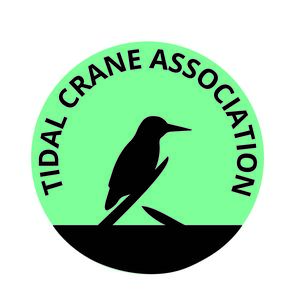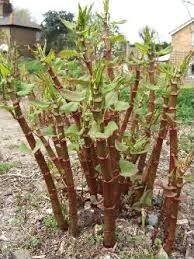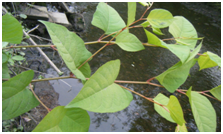JAPANESE KNOTWEED
Below is the information regularly distributed to residents. It is based on the Environment Agency's guidelines and has been found to be extremely effective.
Japanese Knotweed serious problem, simple solution
Japanese Knotweed on or near your property can affect its value and, in some cases, make it unmortgageable. We have Japanese Knotweed in this area. Beware companies promising costly eradication solutions and ‘certificates’. Knotweed is easily and cheaply eradicated by following the Environment Agency’s simple, 3-step guidelines:
1. Buy ordinary glyphosate-based weedkiller such as Roundup from a garden centre.
2. In late Aug/early Sept on a still, dry day, spray or paint both surfaces of the Knotweed leaves. (Avoid spraying over water if on riverbank.)
3. Repeat a couple of days later. After about 10 days the leaves will turn yellow. If some reappears the following year, wait until late Aug/early Sept and repeat. This usually kills it.
PLEASE DON’T CUT IT OR PULL IT UP – THIS CAUSES IT TO SPREAD, WHICH IS ILLEGAL.
Seen this in your garden or on your river bank? Check for straight, reddish stems, heart-shaped leaves and creamy flowers in July/August.
Images show Japanese Knotweed (L to R) in Spring, Summer and Autumn
Giant Hogweed
Not to be confused with Gunnera ('giant rhubarb'), which is a harmless decorative garden plant, this is nasty stuff which can burn the skin and make it sensitive to sunlight. The RHS gives detailed advice about its removal, but if you have a significant amount of it you might find it safer/easier to have it professionally removed. RHS advice
Canadian Pondweed (Elodea Canadensis)
This is an aquatic plant which colonises narrow or slow-moving waterways, choking them up and causing the loss of biodiversity. It is sometimes spread through careless disposal of the contents of aquariums and ponds. It is simple to remove from rivers: simply pull it up and leave it high on the bank above the high water line and it will dry out and die.



